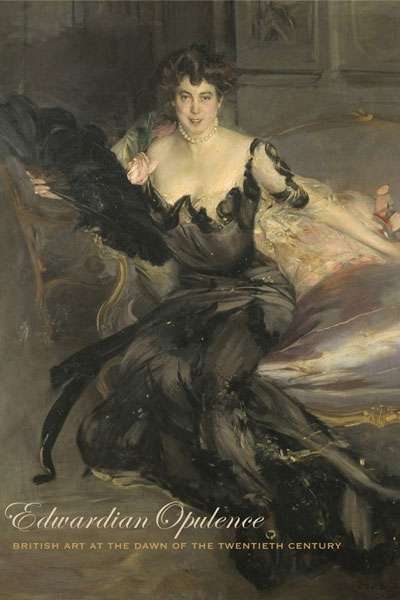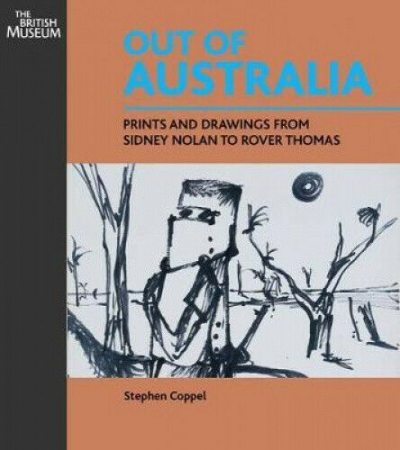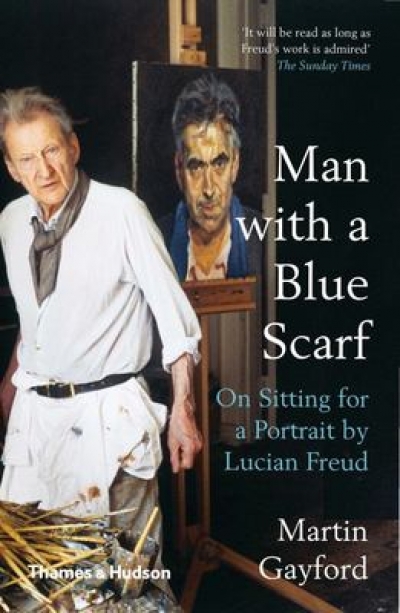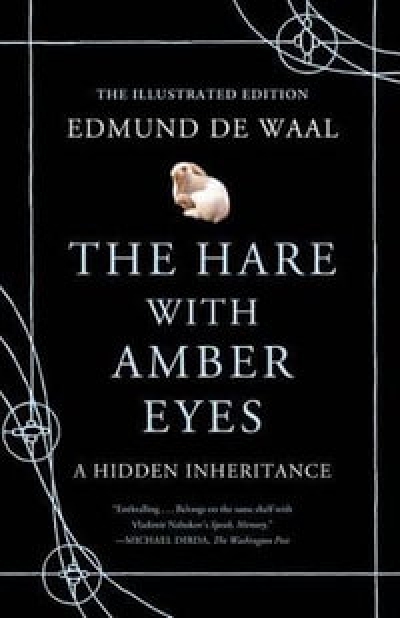Angus Trumble
The bar is set high
It was a great pleasure to read this year’s Calibre winning and commended essays in ABR. The essays written by Jane Goodall, Kevin Brophy and Rosa-leen Love continue the impressive tradition inaugurated by Elisabeth Holdsworth with her memorable work that won the first Calibre Prize. The bar is set high.
... (read more)Edwardian Opulence: British Art at the Dawn of the Twentieth Century edited by Angus Trumble and Andrea Wolk Rager
by Anne Gray •
Out of Australia: Prints and Drawings from Sidney Nolan to Rover Thomas by Stephen Coppel
by Angus Trumble •
Man with a Blue Scarf: On sitting for a portrait by Martin Gayford
by Angus Trumble •
The Hare With Amber Eyes: A hidden inheritance by Edmund de Waal
by Angus Trumble •




